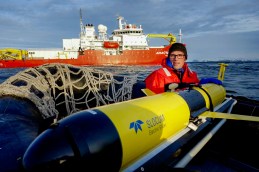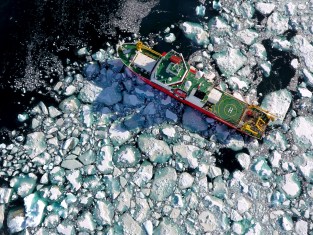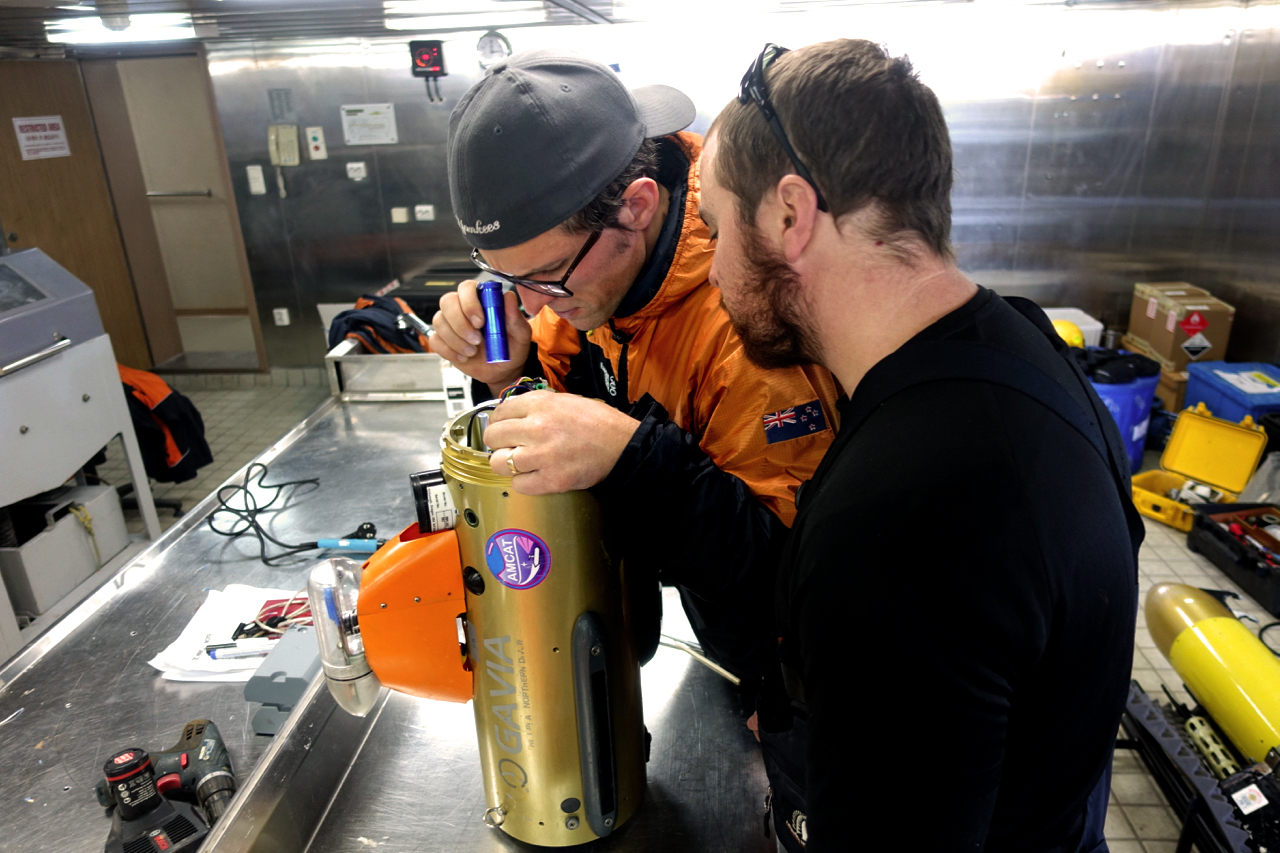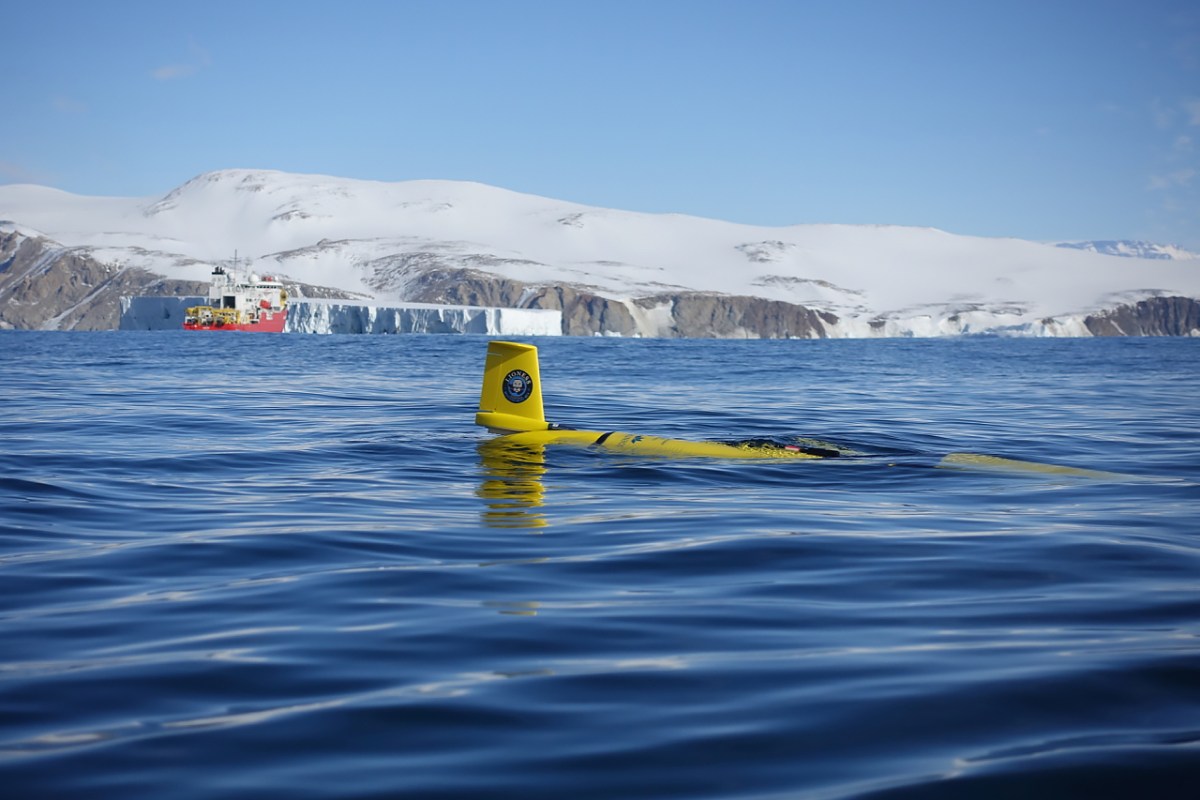To help predict when the next massive chunk of ice will break off, researchers in Antarctica are using robots to go where humans can’t to observe real conditions.

UC Davis engineering professor Alexander Forrest was part of a six-person robotics team on a mission to collect data about the Nansence ice shelf, from which two Manhattan-sized icebergs broke off last year. The information will help scientists understand the rate ice melt in the Arctic.
“Ice shelves are melting,” Forrest said in a press release. “We know this. But we don’t know how fast they’re melting. To actually make on-site measurements is the next step. We’re trying to get a baseline understanding of what changes are happening in the Antarctic. As a global community, we don’t really understand what we’re losing.”

The robotics team spent almost two months conducting research from an icebreaker stationed in the Western Ross Sea and Terra Nova Bay as part of an expedition called Land-Ice/Ocean Network Exploration with Semiautonomous Systems (LIONESS).
While one underwater drone mapped the bottom of the Nansen ice shelf, a winged glider patrolled its edge to monitor any changes and patrol for freshwater.

This article was featured in the InsideHook newsletter. Sign up now.
























